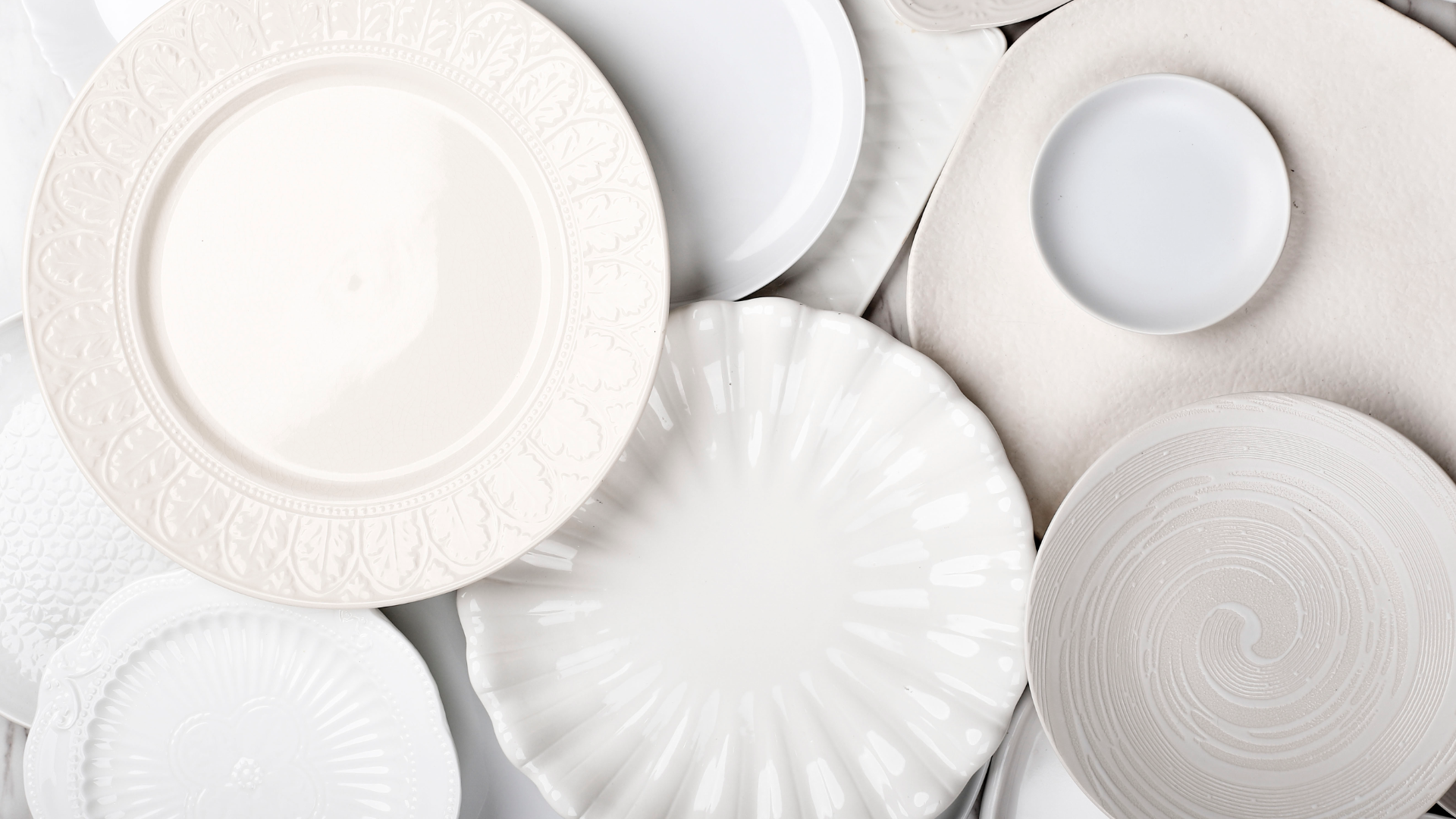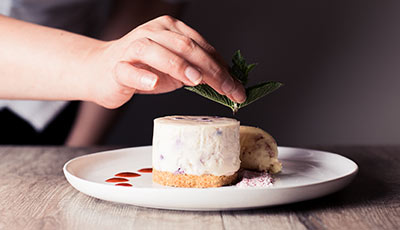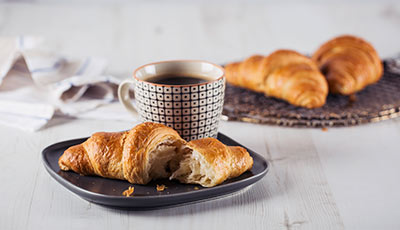Beyond Flavour
Culinary excellence isn't just about ingredients and technique; it's also about presentation.
We're talking about the often-overlooked aspect of dining: how the design of the plate—its shape and colour—can profoundly influence a diner's perception of taste and food quality. Drawing from scientific studies and real-world examples, we'll examine the subtle yet powerful ways in which the plate itself can enhance or detract from a dish's appeal. For chefs aiming to create a holistic dining experience, understanding this interplay will be useful.
How Plate Shape and Colour Interact
Before the first morsel touches our tongue, our eyes have already made a judgment. This judgment, often subconscious, is significantly influenced by the plate on which the food is presented. The saying "we eat with our eyes first" captures the essence of how plate shape and colour interact to influence taste perception.

In a study from October 2013, researchers delved into the influence of the colour and shape of plates on the perception of the food placed on them. The findings were intriguing. White plates, especially the round ones, were perceived to enhance the sweetness and intensity of flavours. In contrast, black plates, whether square or round, didn't exhibit a significant difference in taste perception.
Another research focused on picky eaters found that the colour of the bowl, specifically red and blue, made snacks taste saltier. This finding is particularly interesting when considering that many salty snacks come in blue packaging. Is this a mere coincidence or a calculated move by marketers?
The White Round Plate Phenomenon
The white round plate emerged as a standout in influencing taste perception. But why? One theory suggests that the neutrality of a white plate allows the food's colours to pop, enhancing its visual appeal. The round shape, being traditional, might evoke a sense of comfort and familiarity, further enhancing the food's perceived quality.

However, it's not just about the white round plate. The black square plate, though not as influential in the study, is a modern and sophisticated canvas for presenting food. The absence of a significant difference in taste perception between a black square plate and a black round plate opens up avenues for further research.
Implications for the Culinary World
Understanding how plate shape and colour influence taste and quality judgments is important for anyone in the food industry. From chefs to caterers, the choice of plate can make a difference in food liking and overall dining experience.
For example, a dish presented on a white plate might be perceived as fresher and of higher quality than the same dish on a black plate. Similarly, the shape of the food stimulus, whether rounded or angular, can influence its perceived taste and flavour.
The impact of plate colour by plate shape interaction is not just limited to the plate itself. The overall colour scheme of the dish, the food colour, and even the ambience of the dining area play a role in shaping our perception of food.
Putting this knowledge into Action
The shape and colour of a plate can definitely affect our judgments of taste and quality. Below is a list that defines how the interaction between plate shape and colour can influence our perception of food:
Plate Colour:
- Warm colours (e.g., red, orange, and yellow) can stimulate appetite and make food appear more vibrant and appetising.
- Cool colours (e.g., blue and green) can have a calming effect but may not enhance the appetite as much as warm colours.
- White plates are commonly used in fine dining establishments as they provide a neutral backdrop, allowing the colours of the food to stand out.
Plate Shape:
- Round or curved plates are considered more traditional and can evoke a sense of comfort and familiarity. They are commonly used for serving classic dishes.
- Square or angular plates can create a more modern and artistic presentation, adding a touch of sophistication to the dining experience.
- Unique shapes or asymmetrical plates can make food visually intriguing and enhance the perception of creativity and innovation.
Interaction between Plate Colour and Shape:
- Complementary colours: Using colour combinations that complement the food being served can enhance its appearance. For example, serving a bright green salad on a red plate can make the salad visually pop.
- Contrast: Using contrasting colours between the plate and the food can create visual interest. For instance, placing a light-coloured dish on a dark plate can make the food stand out.
- Harmonious colour schemes: Selecting plate colours that harmonise with the overall colour palette of the dish can create a visually pleasing presentation. For instance, serving a seafood dish with blue hues on a white or light blue plate can create a cohesive visual experience.
Perception of Food Quality:
- Plate colour and shape can influence our perception of the freshness and quality of food. Bright, vibrant colours on a well-presented plate can give the impression of freshness and high-quality ingredients.
- Aesthetically pleasing plate presentations can enhance the overall dining experience and contribute to the perception of food quality.
- Attention to detail in the presentation, including the choice of plate colour and shape, can signal the chef's skill and attention to culinary craftsmanship.
Beyond Shape and Colour: The Multisensory Experience of Dining
While the effect of plate shape and colour on taste perception is profound, other factors play a role in our overall dining experience. For instance, the aroma of strawberries can make a savoury dish taste sweeter, while the scent of soy sauce can make it seem saltier. This multisensory experience extends to the colour of drinks, the weight of cutlery, and even the ambience created by background music and lighting.
In the grand symphony of dining, every element, from the taste of food to the plate colour, plays a crucial role. Understanding these nuances can enhance our appreciation of food and the art of dining.















